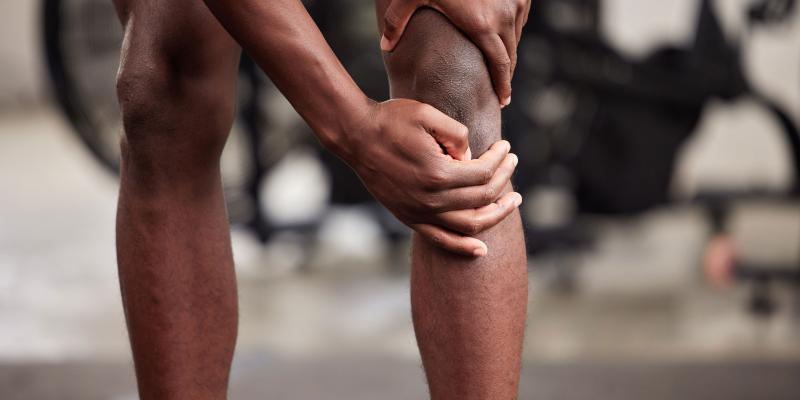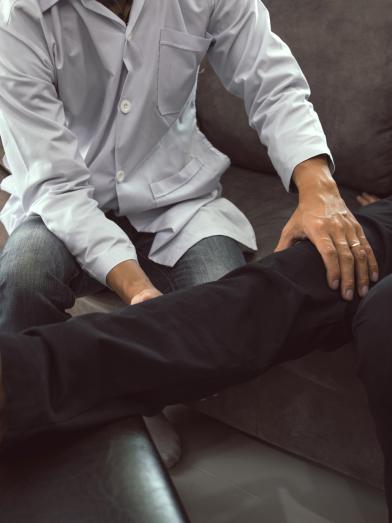AOTI

AOTI’s unique, multi-modality topical wound oxygen (TWO2) therapy has been proven in both random controlled trial and in real world evidence studies1 to provide more sustained healing for diabetic foot ulcers, resulting in a six-time lower recurrence rate vs standard of care alone and 71% reduction in amputations over 12 months. TWO2 therapy can be administered by the patient at home, improving access to care and enhancing treatment compliance.
1A Multinational, Multicenter, Randomized, Double-Blinded, Placebo-Controlled Trial to Evaluate the Efficacy of Cyclical Topical Wound Oxygen (TWO2) Therapy in the Treatment of Chronic Diabetic Foot Ulcers; Robert G. Frykberg, Peter J. Franks, et al. The TWO2 Study; Diabetes Care 2020;43:616-624, https://doi.org/10.2337/dc19-0476.



















